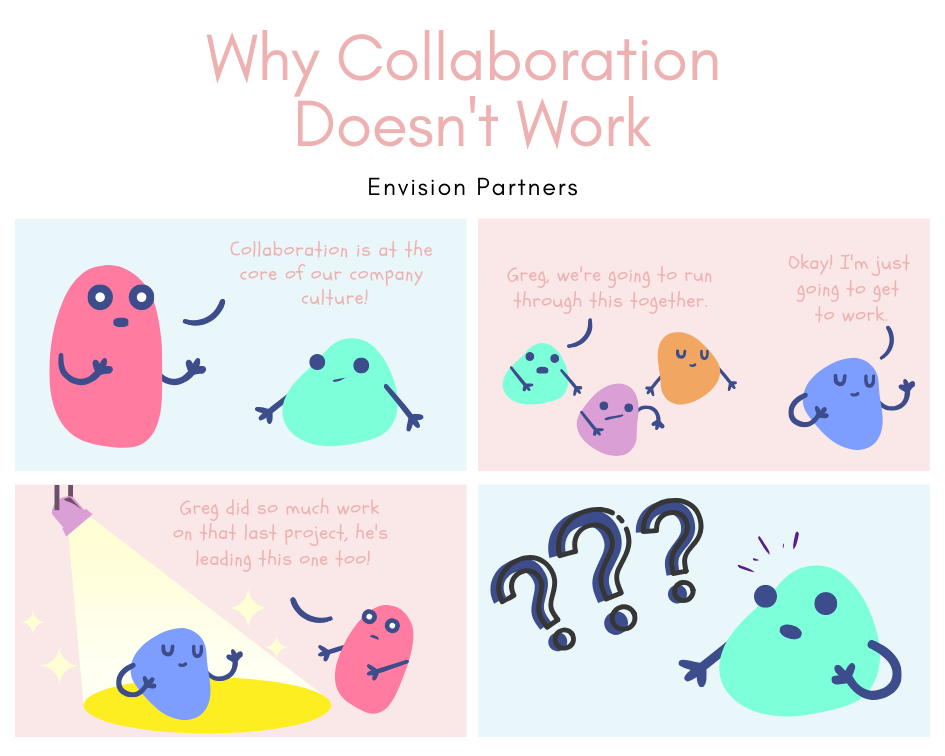Culture is Like Air
When Sataya Nadella became the CEO of Microsoft in 2014 one of his first actions was to have the top executives read the book, “Nonviolent Communication” (Marshall Rosenberg, 2003). This was Nadella’s first move to change the culture at Microsoft.
Culture is kind of like air. It’s there. We just don’t think about it 99% of the time. Only when the air quality (or quantity) changes do we take note.
The previous culture at Microsoft was one of “showing how smart you were”, according to Brad Smith, the president at Microsoft. “…that meant trying to discern the answers before the meeting began and then being tested on whether your answers were right.” This kind of collaboration tends to be one that promotes conflict and defensiveness. In many work places, and I assume Microsoft, these behaviors are acceptable because it is done in the name of good things– doing your best, quality and perfection.
Culture tends to be everywhere—like air, for example–even in the smallest places that we wouldn’t expect it to pervade—we can find it. It takes significant work hard to get the air out of things. What happens when a culture pervades every aspect of an organization–when the culture becomes air-based? Is there really only one way to do things? If we are unaware of the way we do things, then yes, there tends to be only one way that things get done. How do we get the culture out of places it doesn’t work?
The new culture that Nadella wanted and has built is one of empathy. Empathy is about putting yourself in someone else’s shoes in order to better understand their point of view. Empathy builds better harmony in the workplace, but it seems to have also helped Microsoft get a better handle on consumer needs and desires—all the way through the organization.
We tend to not pay attention to the culture when it is working for us. The abundance and kind of air are working for us at the moment so we really don’t pay much attention. We tend to assume it will always be there, and that our way of doing is the only way to operate. Then the water rises.
In the case of Microsoft, Nadella, was put at the head of an organization that at the time was well-known as a “hive of corporate infighting” and “fading toward irrelevance”. In the three and half years since Nadella began as CEO, Microsoft has generated more than $250 billion in market value, putting them in the top brackets with Amazon and Facebook. This success is credited to a culture of “learn-it-all” curiosity as opposed to the old culture of “know-it-all”.
When we recognize the way things get done—that is, our culture– then we can choose to continue doing it that way or we can choose to do something different. There’s air and there’s water. There’s the way we do things, and there are other ways.
My guess is that the “know-it-all” culture had pervaded every aspect of the organization, not just meetings with Bill Gates and Steve Ballmer (former CEOs). Because this approach was as pervasive as air, I imagine that at no level in the organizations were there meetings for example, in which potential new ideas were bounced around because no one was willing to get roasted because they did not have every answer worked out before they presented. Bouncing around ideas is just “not what we do around here”. In the “learn-it-all” culture, there would be opportunity for exploratory creativity and innovation and products that better meet consumer demand.
While Nadella’s empathy culture is a dramatic shift, he is willing to admit that it is not the only way to do things.Toward that end, Nadella has asked Bill Gates, who has stayed as an advisor, to increase the time he devotes to giving technical feedback to product teams.
This move by Nadella, I believe, epitomizes the power of knowing your culture. As a result of knowing his culture, Nadella is able to manage the culture. By knowing what the culture is—specifically how we typically behave—make decisions, communicate, reward, discuss new ideas, find new employees, etc.—only then are we able to choose whether or not it is the right behavior for the situation.
Overall, Nadella, wanted a different kind of behavior, but he recognized the value in sometimes not doing it in the same way when the conditions called for a different kind of behavior.
Every company has a culture. Every team within that company has a culture. Highly influenced by the company, but still unique to the history and members of the team. As a manager, you can take the time to describe your culture, to recognize it. Decide with purpose if the behaviors that make up your culture are the right behaviors or not the right behaviors for the given situation or perhaps at all.
The information on Microsoft was drawn from an article in “Fast Company” October 2017, pp 51-58, 98-99.











A 3-step process to help you and your employees create lasting behavioral change.